We’ve all heard the phrase “fighting like cats and dogs.” Does that mean you’re doomed to choose a home with either cats or dogs? Of course not. While some might identify as “cat people” or “dog people,” many of us are genuine animal lovers, and we want diverse households. If you already have a feline or two in residence, these are the best dog breeds for cats.
Dog Groups to Avoid
Before you rush to visit the local rescue or shelter, keep in mind there are dog breeds out there that AREN’T great for cats. We’re not condemning these dog breeds (they’re adorable and sweet). However, they have traits that make them poor choices for cat households.
- Terriers: What was the first job for these dogs? Hunting and killing small, furry creatures. A cat sprinting past might trigger those buried instincts, resulting in disaster.
- Sighthounds: Again, these dogs are hard-wired to chase down small, fast animals. Your cat does NOT want that kind of attention (and probably can’t outrun them).
- Herders: While these dogs have sweet temperaments, the drive to herd anything and everything WILL drive your cat over the edge. It’s impossible to train that instinct out of these dogs.
Exceptions to the Rule
That said, if you have your heart set on a specific breed, all is not lost. Rescues perform the formidable task of “cat-testing.” They know people want to find dog breeds for cats, and they want the dogs in their care to find homes.
They keep one or two cats around at all times. (Why not? Cats make excellent vermin control) They then introduce the dogs to those cats and watch for reactions. If a dog shows no prey response, they receive a label of “cat-friendly.” The Greyhound rescue we used performs this test on all of the dogs. (Which is why we have a sighthound in a house with three cats)
Introducing a Dog to Your Cat
Once you’ve settled on the dog breed for your cat, you need to start planning their meeting. Make sure your dog knows basic commands such as “stay” and “leave it.”
NEVER leave your dog and cat unattended during introductions! You need to watch both of them at ALL times!
- Keep them separated for the first couple of days with a door or pet gate. They’ll be able to smell each other and adjust to the other’s scent without physical contact.
- Leash your dog, make sure your cat has an easy escape route, and remove the barrier.
- Let them meet face-to-face, observing their interactions closely. Limit the time at first, then increase it.
- When they’re both calm, let them stay in the room together. (Keep your dog leashed for safety)
- Continue the process until they’re both comfortable and ready to be left without supervision.
Warning Signs
Throughout the introduction process, keep an eye out for signs of aggression in your dog. Even breeds deemed safe for cats can demonstrate hunting behaviors. These are causes for alarm, and you need to break their concentration. You then need to discourage the behavior IMMEDIATELY.
- Stiff posture or stalking movements
- Aggressive chasing
- Whining, barking, or sounds of distress
- Fixed staring or hyper-awareness
At the same time, if your cat shows signs of distress, you need to end the introduction session. Give everyone some space, and consider holding off for a couple of days.
- Dilated pupils
- Flattened ears
- Thrashing tail
- Hissing, growling, or yowling
Best Small Dog Breeds for Cats
Members of the Toy Group do well with cats. These little dogs are naturally sweet and friendly, and they share a commonality with cats: they’re companions and lap-warmers. Many small breed dogs fall into your cat’s shadow, so they aren’t likely to intimidate.
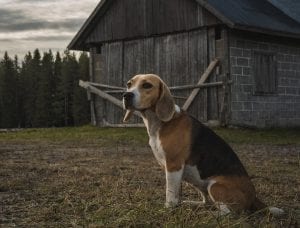
Beagle 
Bichon Frise 
Cavalier King Charles Spaniel 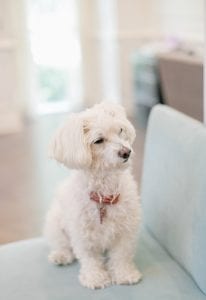
Maltese 
Pug
- Beagle: While a little larger than other small dogs, Beagles are pack animals and include cats in the mix. These dogs move from energetic play to relaxing naps with ease. However, if your cat spooks easily, maybe skip the Beagle: that howl might keep your feline’s nerves on edge.
- Bichon Frise: Bichons are easy-going dogs who love everyone, cats included. They alternate periods of play with long naps (sound familiar?). While older cats won’t tolerate their antics, younger kittens find them perfect playmates.
- Cavalier King Charles Spaniel: Cavaliers are incredibly adaptable, meaning they’ll adjust to entering a house ruled by a cat. These beautiful dogs give felines the respect they deserve, creating a match made in heaven (as far as your cat’s concerned).
- Maltese: Maltese aren’t phased by anything going on around them – including a cat or two. They will happily play or snooze in the sun, whether the cat’s present or not. These tiny dogs don’t pose a threat to any size cat.
- Pug: Pugs lack any desire to chase or annoy a cat. They’d much rather doze on the couch with their feline housemates. These compact little dogs love attention, and having a cat around reassures them they’re not alone.
Best Medium Dog Breeds for Cats
Never judge a book by its cover, and never judge a dog on its size. While these dog breeds will overshadow your cat a bit, they’re still great companions. These dogs have sweet temperaments that appeal to feline sensibilities.

Basset Hound 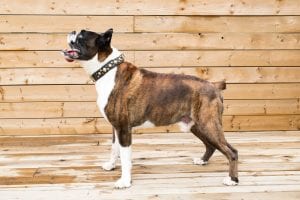
Boxer 
Bulldog
- Basset Hound: Bassets have a mild temper, and they’re tolerant of all other animals, even cats. You need to work against that stubborn streak when training, but their low-key energy demands make them cat favorites.
- Boxer: People forget that Boxers make fantastic service and therapy dogs. That sweet temperament extends to felines, though your best bet is to start with a well-socialized puppy. Larger, easy-going cats pair best with Boxers since these dogs enjoy wrestling matches.
- Bulldog: Bulldogs might look intimidating, but they’re one of the sweetest dogs in the world. Even the tiniest kitten stands a good chance of turning their Bulldog companion into a willing nap-mate.
Best Large Dog Breeds for Cats
As surprising as it sounds, members of the Sporting Group pair with cats like a dream. These dogs are friendly and easy-going. They tend to make friends with everyone, and they like every animal they meet. While they WILL dwarf your cat in size, their sweet personalities will reassure you your cat’s in good paws.
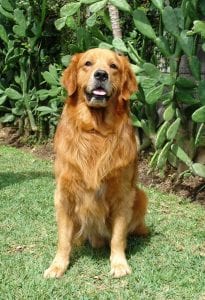
Golden Retriever 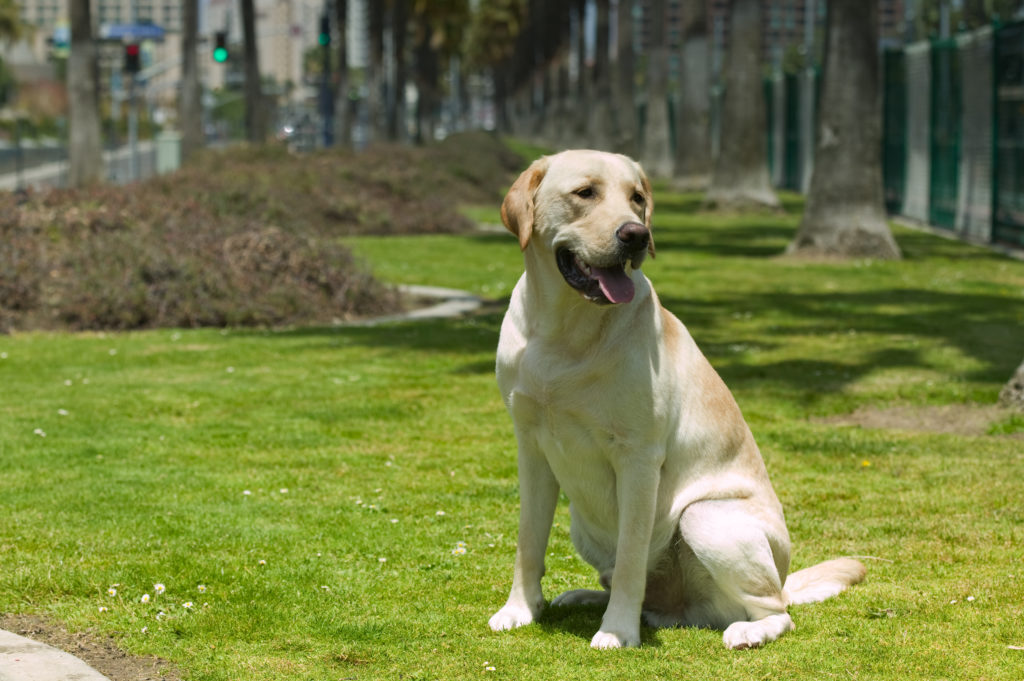
Labrador Retriever 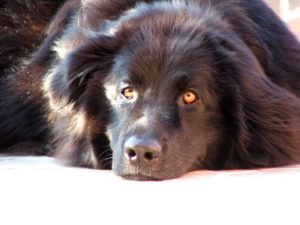
Newfoundland 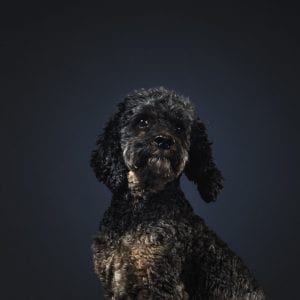
Poodle
- Golden Retriever: Goldens are gentle with everyone – kids and cats alike. They aim to please, and they’re a breeze to train. Even if you don’t bring home a puppy, you’ll have no problem establishing boundaries between your Golden and your cat.
- Labrador Retriever: Labradors are smart enough to understand when your cat needs their space. They’re every bit as gentle as Goldens, and they love everyone in their family – even the felines.
- Newfoundland: Newfoundlands are the gentle giants of the dog world. They protect everyone in their household, including the cats. They don’t have a lot of energy, so they make great napping companions.
- Poodle: No matter which size you bring home, Poodles adapt to cat households without a problem. They’re calm by nature, and they quickly learn who’s the boss in the house (even when it’s not them).
Cats and Dogs Forever
It’s time we retired that old saying, “fighting like cats and dogs.” With proper socialization, dogs and cats can coexist in a house. There are some dog breeds better suited for cats than others, but any dog has the potential to share a home with cats. (We experience that daily)
If you’re ready to expand your household from one species to two, take a look at one of the best dog breeds for your cat. Take the time to plan your introduction out carefully to keep everyone safe. And then get ready for some adorable pictures and a lifetime of dog and cat happiness.

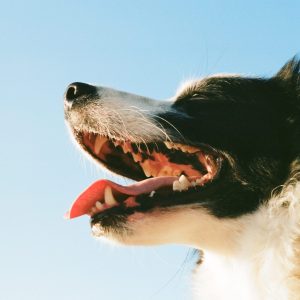
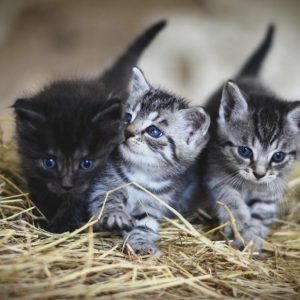




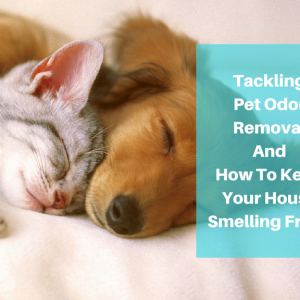
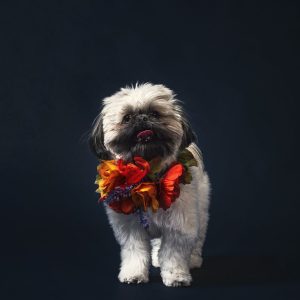
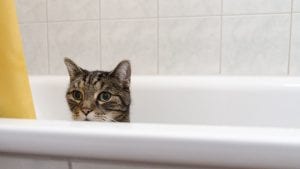


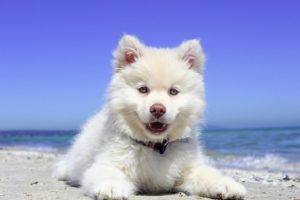
No comment yet, add your voice below!